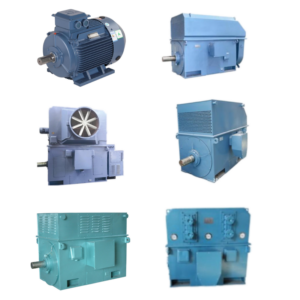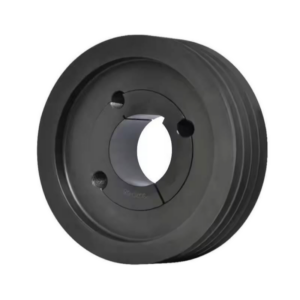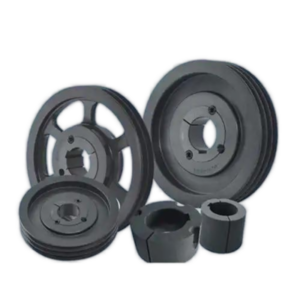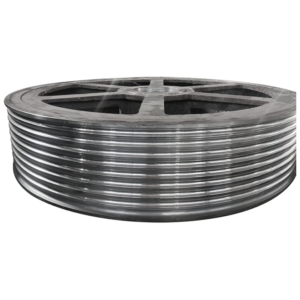Introduction
Electric motors are designed with different pole numbers and phase numbers, which determine their speed, torque, efficiency, and applications. While poles affect the motor’s speed and torque characteristics, phases define the power supply and control method.
This article explains the relationship between poles and phases, common combinations, and how they influence motor performance.
1. Pole Number (P) and Its Role
The pole number refers to the magnetic poles in the stator (e.g., 2-pole, 4-pole, 6-pole).
Key Effects:
- Speed: Synchronous speed (nsyncnsync) is determined by:nsync=120×fP(RPM)nsync=P120×f(RPM)
- Where ff = supply frequency (Hz), PP = pole number.
- Higher poles = lower speed (e.g., 2-pole ≈ 3000 RPM @ 50Hz, 4-pole ≈ 1500 RPM).
- Torque:
- More poles = higher torque at lower speeds (suitable for heavy loads like cranes).
- Fewer poles = higher speed but lower torque (used in fans, pumps).
2. Phase Number and Its Role
The phase number defines how the motor is powered (single-phase, three-phase, or multi-phase).
Common Phase Types:
| Phase Type | Start Method | Efficiency | Typical Applications |
|---|---|---|---|
| Single-phase | Capacitor-start, split-phase | 60-80% | Household appliances (fans, washing machines) |
| Three-phase | Direct-on-line (DOL), Y-Δ, VFD | 85-95% | Industrial motors (pumps, compressors) |
| Multi-phase (5/6+) | Multi-phase inverter | 90%+ | EVs, aerospace, military |
3. Do Poles and Phases Have Fixed Combinations?
No strict rule exists, but typical pairings are:
(1) Single-Phase Motors
- Common Poles: 2-pole (~3000 RPM), 4-pole (~1500 RPM).
- Limitation: Rarely exceed 4-pole (efficiency drops).
(2) Three-Phase Motors
- Common Poles: 2-pole (high speed), 4-pole (general industry), 6/8-pole (high torque).
- Flexibility: Can be designed up to 10+ poles for specialized uses (e.g., EV traction motors).
(3) Multi-Phase Motors (5/6+ Phases)
- Common Poles: 4-pole, 6-pole, 12-pole (for smooth torque in EVs).
- Specialty: Used where redundancy and fault tolerance are critical.
4. Why No Fixed Pairing?
- Poles depend on mechanical needs (speed/torque), while phases depend on power supply.
- Example: A 4-pole motor can be single-phase (home appliance) or three-phase (industrial).
- Advanced control (VFDs, inverters) allows flexible pole-phase combinations.
- Example: A 6-phase motor with 8 poles can be optimized for electric aircraft.
5. Practical Selection Guide
| Application | Recommended Phase | Recommended Poles | Reason |
|---|---|---|---|
| Household appliances | Single-phase | 2 or 4 | Low cost, simple operation |
| Industrial pumps/fans | Three-phase | 2 (high speed) or 4 | High efficiency, smooth running |
| Cranes/hoists | Three-phase | 6 or 8 | High torque at low speed |
| Electric vehicles (EVs) | Three-phase/multi-phase | 8+ | High power density, wide speed range |
| Aerospace/military | Multi-phase (6+) | Custom (e.g., 12) | Fault tolerance, reliability |
6. Conclusion
- Pole number determines speed & torque.
- Phase number defines power supply & control method.
- No fixed pairing, but common combinations exist for different applications.
- Modern motor control (VFDs, multi-phase inverters) enables highly customized designs.
For specialized applications (e.g., EVs, robotics), engineers optimize pole and phase counts for maximum performance.






